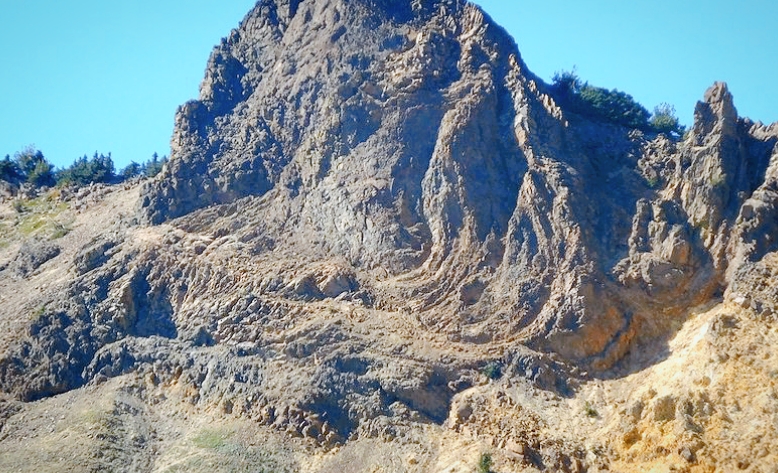Table of Contents
Introduction of Igneous Rocks
Igneous rocks are characterized as the kind of rock that results from the liquefaction and solidification of molten rock under extreme heat and pressure.

Lava is erupting from the volcano’s core through cracks and vents. It transforms into rocks like basalt, rhyolite, and obsidian when it cools. The material expelled during volcanic eruptions is left behind in fragmentary deposits called pyroclastic deposits.
Because igneous rocks originate from magma and initiate rock cycles, they are referred to as primordial rocks. Rocks that are igneous can be recognized by their texture, density, color, and mineral makeup. Its size, shape, cooling and hardening time, and crystal arrangement within the rock all affect how it feels to the touch.
Igneous Rocks Examples
The numerous types of igneous rocks and their applications will be covered in this section.
1. Granite
Hard igneous rock known as granite contains crystals of several minerals that are easily seen. Buildings and homes frequently employ granite, particularly in the kitchen and bathroom.
2. Basalt
A fine-grained, dark-colored igneous rock is called basalt. One of the main types of rocks found in the marine crust is basalt. Basalt is a component of concrete because it contains a lot of iron. The most typical igneous rock is basalt.
3. Pumice
A light igneous rock called pumice contains tens of thousands of microscopic air bubbles. On the bottom of our feet, they are utilized to remove dead skin. It is a component in abrasive cleaning solutions.
Properties of Igneous Rocks
- There are no fossil deposits in igneous rock types. If there are any fossils present deep inside the crust, they are destroyed when these rocks erupt from the Earth’s surface because of the extreme heat they generate.
- The majority of igneous formations have several mineral deposits.
- They can be gritty or glassy.
- Normally, they don’t react with acids.
- The mineral deposits come in the shape of different-sized patches.
Importance of Igneous Rocks
The composition of the upper mantle or lower crust from which mother magma was removed, as well as the temperature and pressure conditions that allowed for its extraction, are revealed by the minerals and global chemicals found there.
To calibrate geological time scales, their absolute ages can be determined using a variety of radiometric dating methods and compared with strata nearby.
Their characteristics typically are specific to a specific structural setting and enable structural reconstruction.
Types of Igneous Rocks
Basically, there are two types of igneous rocks as listed below.
- Intrusive Igneous Rocks
- Extrusive Igneous Rocks
Let’s know more about these two types of igneous rocks.
1. Intrusive Igneous Rock
Intrusive igneous rocks are those that form huge crystals as the earth progressively cools and crystallizes beneath the surface. Intrusive igneous rocks include pegmatite, granite, and diorite, for instance.
2. Extrusive Igneous Rocks
Extrusive igneous rocks are those that erupt onto the surface and immediately cool, forming tiny crystals. A few rocks cool so quickly that they turn into an amorphous glass. Some examples of extrusive igneous rock are basalt, tuff, and pumice.
FAQ
Which is Most Popular Igneous Rock?
The most popular igneous rock is basalt. Basalt makes up the majority of the ocean floor.
